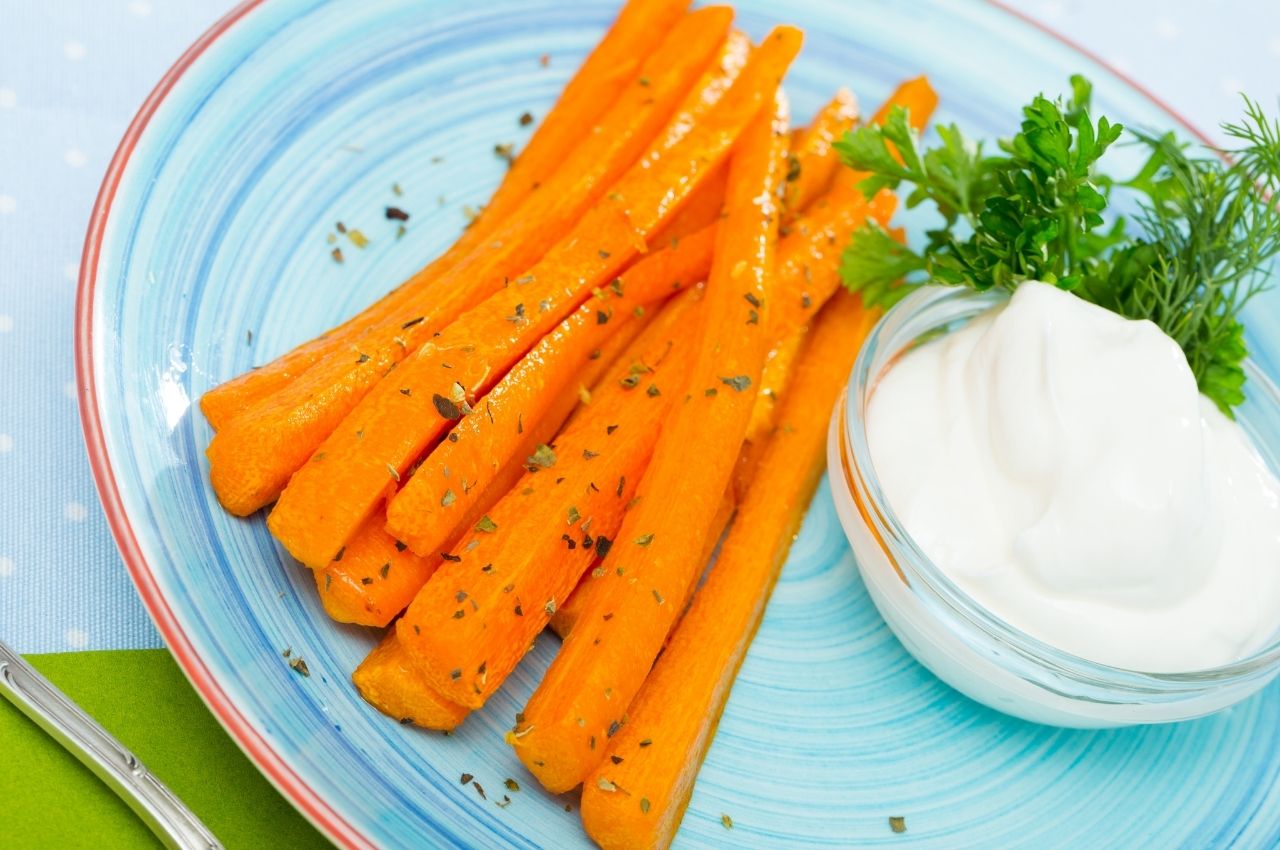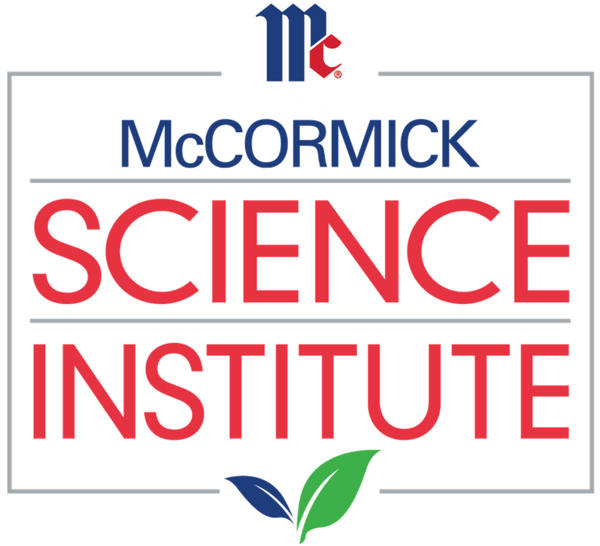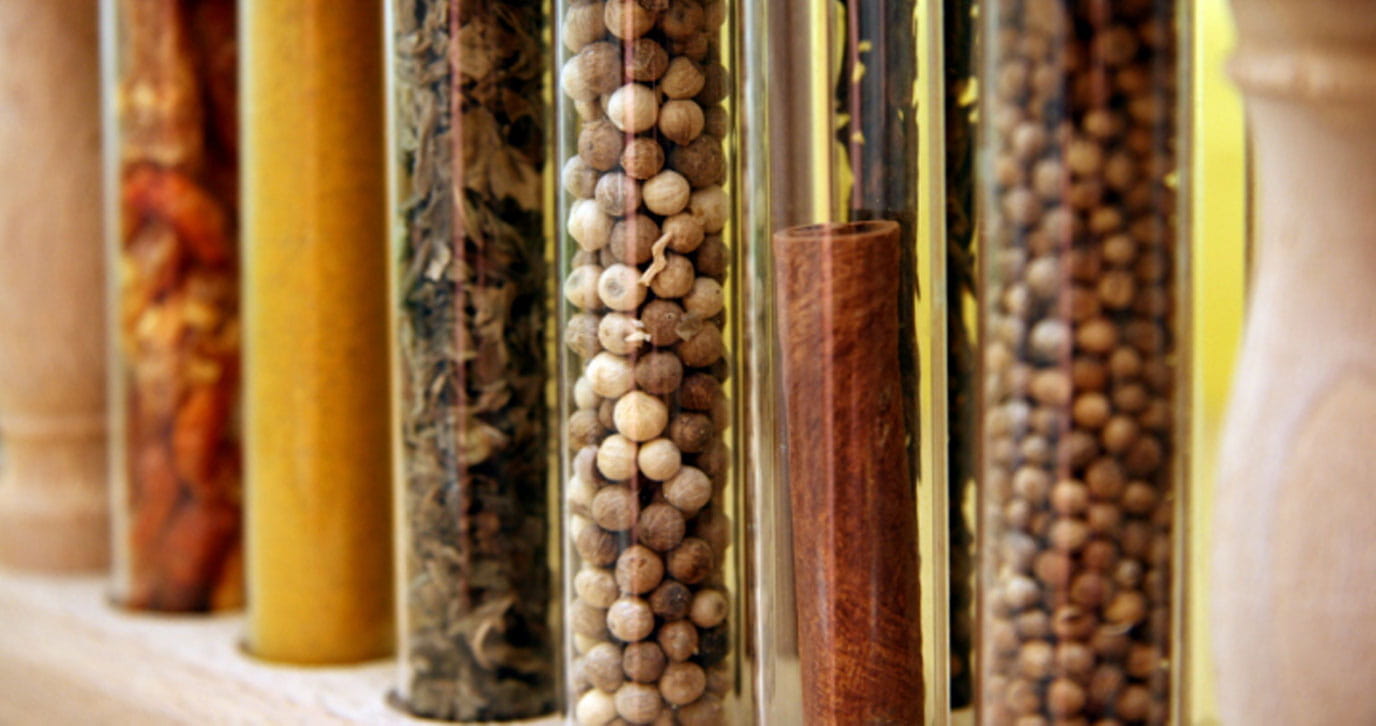October, 2025
A novel turmeric drying approach based on supercritical carbon dioxideThe addition of spices and herbs to vegetables in the National School Lunch Program increased vegetable intake at an urban, economically-underserved, and predominantly African-American high school
D'Adamo, C.R., Parker, E.A., McArdle, P.F., Trilling, A., Bowden, B., Bahr-Robertson, M.K., Keller, K.L. and Berman, B.M.

Overview
Vegetable intake is far below recommendations among African-American adolescents living in economically underserved urban areas. While the National School Lunch Program (NSLP) helps overcome access barriers, vegetable intake remains challenging and novel interventions are required. A two-year, multi-phase, school-based intervention was conducted at an urban, economically-underserved, and predominantly African-American high school in Baltimore, Maryland to determine whether stakeholder-informed addition of spices and herbs to NSLP vegetables would increase intake.
Methods
The stakeholder engagement phase included assessment of NSLP vegetable attitudes/preferences among 43 school stakeholders and subsequent student sensory testing. The second phase was conducted in the school cafeteria and consisted of eight weeks comparing student intake of typical vegetable recipes versus otherwise-identical recipes with spices and herbs. 4570 student lunch plates were included in the vegetable intake comparison. Vegetable intake was measured by lunch tray plate waste. Willingness to try vegetables was assessed by the difference between plate waste and estimated mean vegetable served weight. Intake of typical vegetable recipes and vegetable recipes with spices and herbs was compared with student’s t-test. Chi-square test was used to compare willingness to try vegetables.
Results/Conclusions
Total vegetable intake was 18.2% higher (8.22 g per meal, p < 0.0001) with spices and herbs than with typical recipes. There were no differences in trying vegetables with spices and herbs, although student-led advocacy was associated with increased trying vegetables with spices and herbs (78.8% with advocacy, 67.5% without advocacy, p < 0.0001). The addition of spices and herbs to vegetables in the NSLP was feasible and associated with small increases in vegetable intake at an urban, economically-underserved, and predominantly African-American high school.
Reference
D'Adamo, C.R., Parker, E.A., McArdle, P.F., Trilling, A., Bowden, B., Bahr-Robertson, M.K., Keller, K.L. and Berman, B.M., 2020. The addition of spices and herbs to vegetables in the National School Lunch Program increased vegetable intake at an urban, economically-underserved, and predominantly African-American high school. Food Quality and Preference, p.104076. https://doi.org/10.1016/j.foodqual.2020.104076
View Full Text





